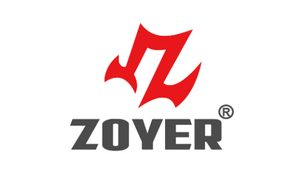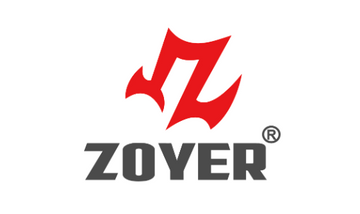Dealing with a pulled back can be a painful and frustrating experience, but with the right approach, you can effectively manage the discomfort and facilitate a speedy recovery. Here's a comprehensive guide on what to do if you pull your back:
-
Assess the Severity: The first step is to assess the severity of your injury. Minor strains may cause discomfort but generally improve within a few days with self-care, while more serious injuries might require medical attention.
-
Get Yourself A Brace: Using a back brace can be a helpful aid in managing a pulled back, providing support and stability to the affected area.
-
Apply Ice and Heat: In the initial stages of injury (first 48 hours), apply ice packs to the affected area for 15-20 minutes every few hours to reduce inflammation and numb the pain. After the initial phase, switch to heat therapy to promote blood flow and muscle relaxation.
-
Over-the-Counter Pain Relief: Non-prescription pain relievers such as ibuprofen or acetaminophen can help alleviate discomfort and reduce inflammation. Follow the recommended dosage instructions and consult a healthcare professional if you have any concerns.
-
Gentle Stretching and Movement: While rest is essential, gentle stretching and light movement can help prevent stiffness and improve flexibility. Avoid any movements that cause sharp pain, and focus on gentle stretches that target the affected area.
-
Massage Therapy: Gentle massage can help alleviate muscle tension, promote relaxation, and improve blood circulation to the injured area. Consider seeking the assistance of a qualified massage therapist experienced in treating muscle strains.
-
Physical Therapy: If the pain persists or worsens, consider consulting a physical therapist. They can develop a personalized rehabilitation program to strengthen the muscles surrounding the injured area, improve flexibility, and facilitate proper alignment.
-
Stay Hydrated and Maintain a Healthy Diet: Proper hydration and nutrition play a crucial role in the healing process. Drink plenty of water to keep your body hydrated, and consume a balanced diet rich in vitamins, minerals, and protein to support tissue repair.
-
Practice Good Posture: Pay attention to your posture, both during rest and daily activities. Maintain a neutral spine position, avoid slouching or hunching over, and use ergonomic support when sitting or standing for extended periods.
-
Gradual Return to Activity: Once the pain subsides and mobility improves, gradually reintroduce physical activity into your routine. Start with low-impact exercises such as walking or swimming, and gradually increase intensity and duration as tolerated.
-
Seek Medical Attention if Necessary: If the pain persists despite conservative measures, or if you experience symptoms such as numbness, tingling, or weakness in your extremities, seek prompt medical attention. These could be signs of a more serious underlying condition requiring further evaluation and treatment.
In conclusion, managing a pulled back involves a combination of rest, pain management, gentle movement, and rehabilitation. By following these guidelines and listening to your body, you can effectively navigate through the recovery process and minimize the risk of future injuries.


